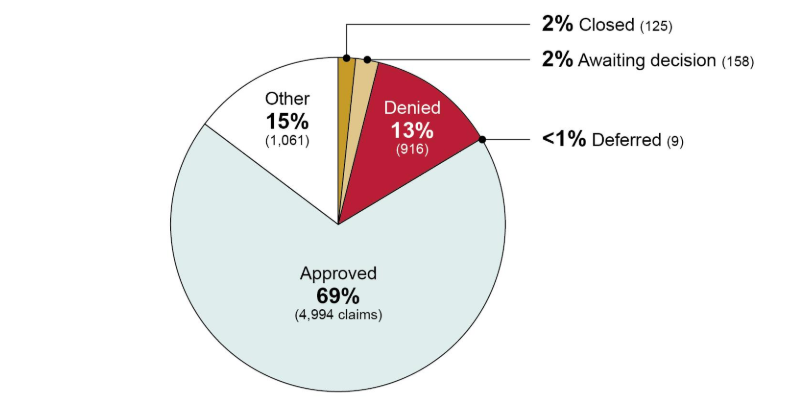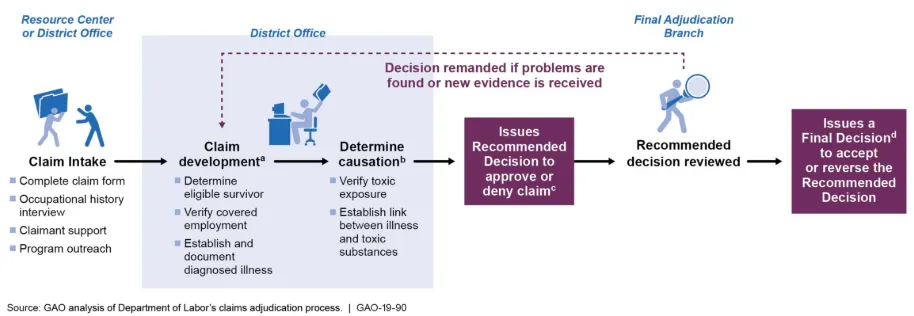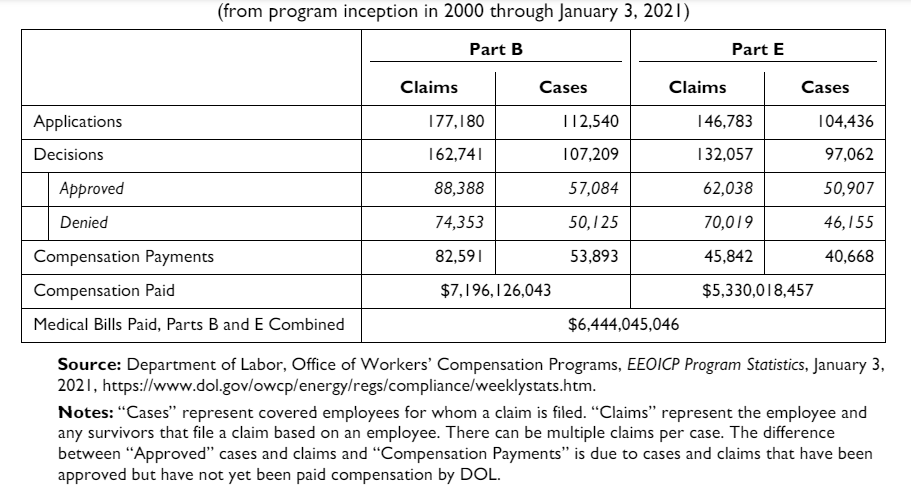In sectors involving energy production and management, insurance and risk assessment are critical components, ensuring operational continuity and safety. Given the inherent risks associated with these industries, including potential accidents and the intensive use of heavy machinery, a meticulously designed insurance framework is indispensable.
We at JobSiteCare are deeply engaged in these issues, proudly sponsoring the upcoming 2024 IRMI ERIC Conference. Our founder and CEO, Daniel Carlin, will share insights specifically focusing on the evolution of workplace injury management and the pivotal role telemedicine plays in workplace safety management and reducing risk. However, today we will examine the intricate relationship between workers’ compensation and risk management strategies within the energy industry, highlighting the challenges and how prompt medical intervention can markedly improve outcomes.
The Role of Risk and Insurance Management
Despite the many safety advancements in the sector, accidents are still prevalent. Accidents that have consequences that ripple outwards: lost productivity, hefty financial burdens, and long-term repercussions from workers’ compensation claims. In this light, proactive management of these expenses becomes critical. Effective management of these costs requires prompt reporting of incidents, swift medical response, efficient processing of medical treatments, and quick implementation of return-to-work plans.
Mike Russo highlights a frequently overlooked opportunity in risk management: the use of technology for better workers’ compensation outcomes.
“By leveraging telemedicine and near-instant access to a doctor, an injured worker can receive an assessment and treatment plan using their phone. This is a game-changer for the traditional response to workplace injuries, which often includes only basic on-site first aid.”
Mike Russo, CSP at JobSiteCare, Workers’ Compensation Risk Management

How to Effectively Manage Workers’ Compensation in the Energy Sector
1. Establish and Refine Pre-Injury Risk Management and Insurance Strategies
The anticipation and preparation for potential workplace incidents start with exhaustive risk assessments that identify and quantify potential hazards intrinsic to various energy operations. These evaluations should inform the development of bespoke insurance solutions, which are critical for covering not only the direct costs associated with injuries but also indirect costs like operational interruptions and productivity downturns.
Continual refinement of these insurance schemes, informed by emerging technologies and evolving risk landscapes, ensures that coverage remains comprehensive and responsive to new threats. Equally important is implementing rigorous training programs and preventive strategies to mitigate incidents.
2. Execute Effective Injury Response Protocols Upon Injury
The effectiveness of the response to injuries can significantly influence the subsequent cost and recovery outcomes. A meticulously orchestrated workplace injury response procedure is essential and should include:
- Immediate medical intervention: Ensuring rapid access to medical care, especially in remote or hazardous environments, is imperative. Establishing mechanisms, such as on-site medical personnel or access to telemedicine, can provide critical early intervention, thereby mitigating the severity of injuries.
- Accurate incident documentation: Immediate and precise recording of the incident and the initial medical response is crucial for effective subsequent claims management. Documentation should encompass all details pertinent to the incident and initial assessments.
- Efficient claim initiation: Expedient notification of the incident to relevant authorities and insurance entities is essential to facilitate swift claims processing and resource allocation.
3. Coordinate a Return-to-Work Program and Conduct Post-Incident Reviews
After an injury, facilitating a timely and safe return to work is beneficial for both the employee and the employer. A structured return-to-work program that includes modified duties and a gradual reintroduction to full responsibilities can aid in this process. Such programs should be flexible to accommodate the specific medical limitations and recovery pace of the injured worker. Post-incident reviews are also crucial. Analyzing what went wrong and why it happened provides valuable insights that can drive improvements in safety protocols and injury management strategies. Implementing lessons learned from past incidents can substantially decrease the likelihood of similar events occurring in the future.

The Benefits are Two-Fold
Implementing an effective workplace safety management system significantly impacts workers’ compensation costs and insurance outcomes, benefiting both employees and employers.
Benefits to Employees
- Safety Improvement: Workers experience safer conditions that minimize the risk of accidents, contributing to lower injury rates.
- Healthier Recoveries: Enhanced safety measures and prompt emergency responses lead to improved recovery times from any injuries.
- Greater Satisfaction: Enhanced safety standards contribute to improved employee morale and increased productivity.
Benefits to Employers
- Lower Compensation Costs: Safer work environments result in fewer injuries, which directly leads to reduced workers’ compensation claims and related expenses.
- Reduced Operational Disruptions: Fewer incidents translate to less downtime, maintaining consistent productivity and adherence to project schedules.
- Enhanced Reputation: A strong track record in workplace safety enhances a company’s reputation, making it more attractive to potential clients and partners, as well as prospective employees.

Challenges Within the Industry
Within the energy sector, there are several workers’ compensation challenges faced due to the unique operational and environmental conditions of the industry.
High injury rates and a lack of swift medical care
Occupations in remote or hazardous locations, such as offshore oil rigs or distant mining operations, often suffer from high injury rates coupled with delayed medical response. This delay can worsen injuries and increase the complexity and cost of subsequent medical treatments.
High claim costs
The energy sector tends to experience more severe workplace injuries than less hazardous industries, leading to higher medical expenses and longer periods of disability. This severity translates into elevated claim costs, significantly impacting the financial liabilities of employers and insurers.
Complex insurance and deductible programs management
Insurance and deductible programs in the energy sector are intricate due to the significant assets at risk and the potential for catastrophic losses. Managing these programs requires detailed knowledge of both the insurance market and the specific operational risks associated with various energy forms.
Conclusion
Effective management of workers’ compensation in the energy sector requires innovative solutions that address both immediate and long-term safety needs. JobSiteCare’s use of 24/7 telemedicine provides rapid medical intervention, reducing the severity of injuries and related costs. Our expertise in risk assessment and workers’ compensation equips us to enhance safety protocols and reduce financial liabilities. This expertise is further anchored in our numerous participations at the IRMI ERIC conference, not only as a silver sponsor of the event but as a disruptor in the energy workers’ comp and injury management.
For those in the energy sector seeking to improve safety outcomes and manage compensation costs, JobSiteCare offers strategic insights and tools. Contact us to learn more about our workplace injury solutions.


